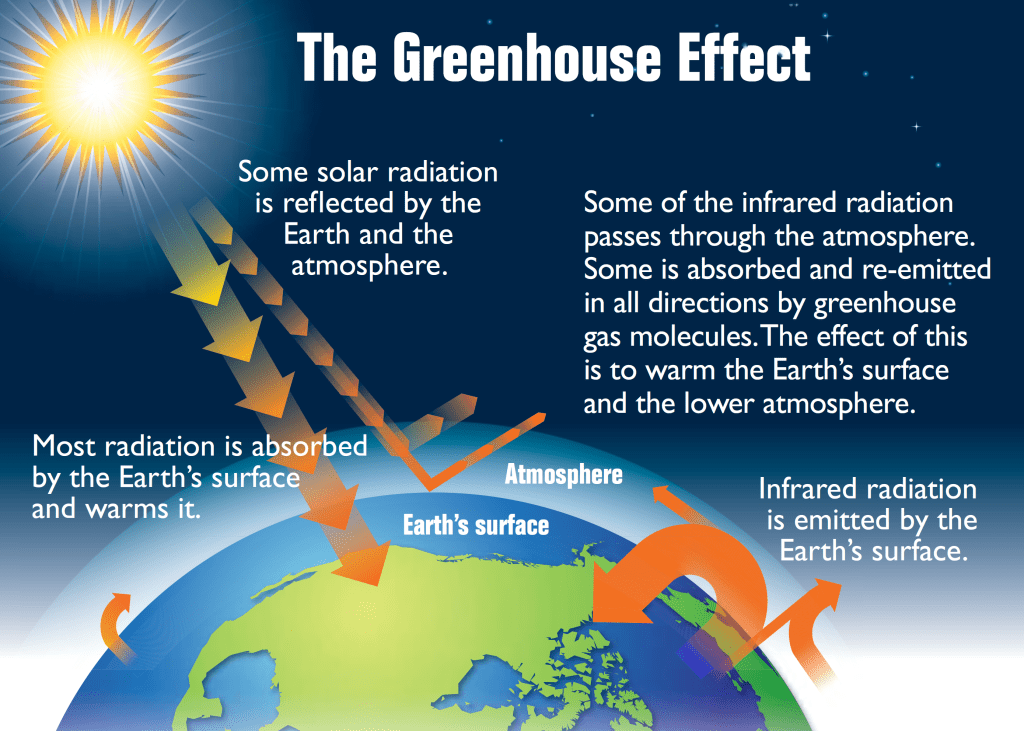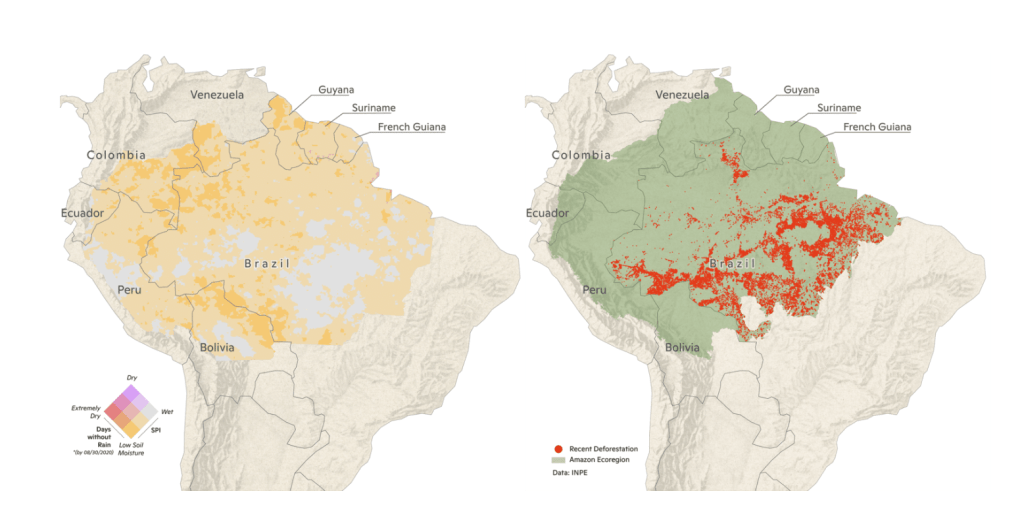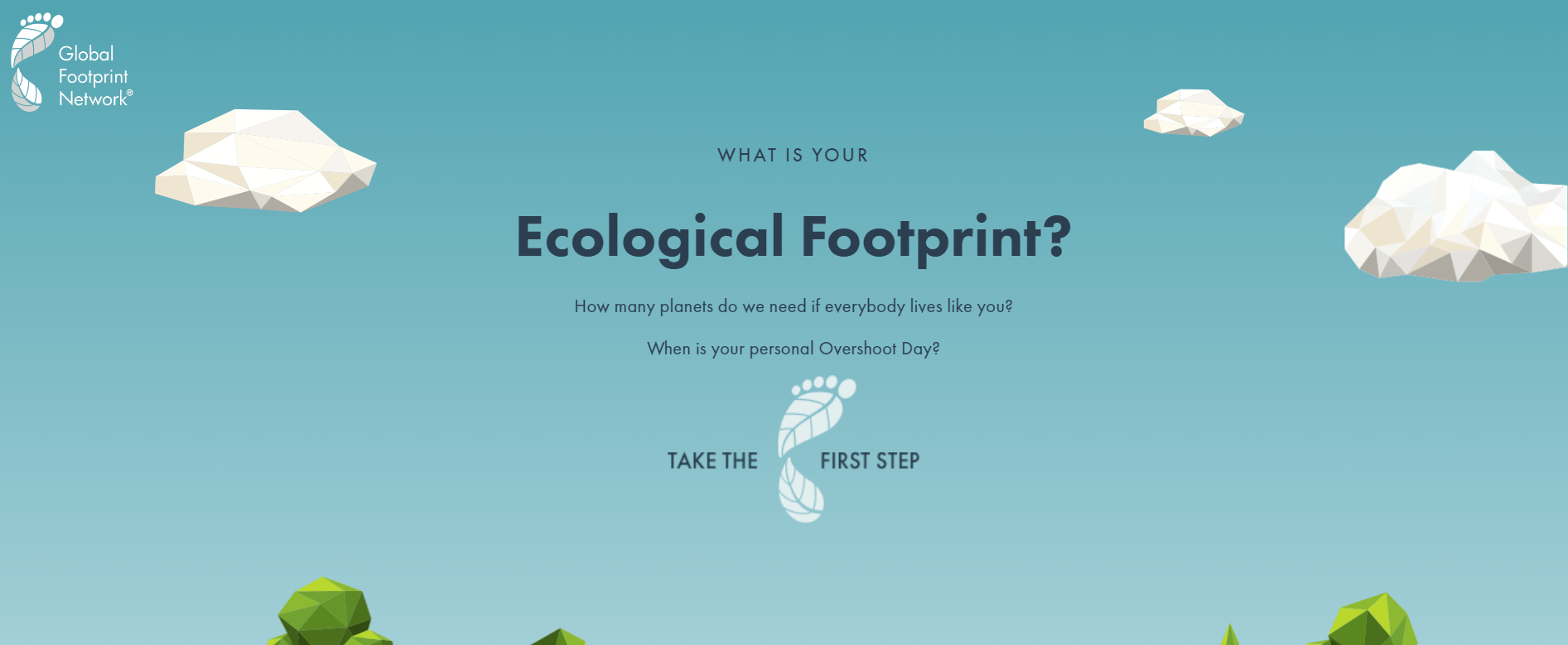Recursos
Cápsula Educativa
DATOS BÁSICOS
| Amenaza Asociada | Otras |
| Curso | 1° Medio 3° Medio 4° Medio |
| Ámbito/ Asignatura | Ciencias Naturales, Inglés |
| Núcleo/ Eje | Impactos en ecosistema y sustentabilidad. Investigando evidencias del cambio climático para generar conciencia ambiental |
| Objetivo curricular |
CN1M OA 08: Explicar y evaluar los efectos de acciones humanas (conservación ambiental, cultivos, forestación y deforestación, entre otras) y de fenómenos naturales (sequías, erupciones volcánicas, entre otras) en relación con: El equilibrio de los ecosistemas. La disponibilidad de recursos naturales renovables y no renovables. Las posibles medidas para un desarrollo sustentable. CN-BECO-3y4-OAC-03: Explicar los efectos del cambio climático sobre la biodiversidad, la productividad biológica y la resiliencia de los ecosistemas, así como sus consecuencias sobre los recursos naturales, las personas y el desarrollo sostenible. |
| Tiempo estimado de la actividad | 3 sesiones de 30 minutos |
| Desarrollado por |
Wilson Zinkan* para Itrend *Wilson Zinkan, estudiante de la Universidad de Notre Dame (EE.UU.) |

INTRODUCCIÓN CLASS 1
Watch the video on the right column “Seven billion dreams. One planet. Consume with care”
After watching the video, answer the following questions
Discussion Questions
- What was the main message of this video?
How did they communicate the message?
What do you take away from it?
Seven Billion Dreams. One Planet. Consume with Care
Ir a la fuenteDESARROLLO
What is climate change?
Climate change is the long-term change in temperature and weather patterns. Earth is slowly heating up, as it is 1.1°C warmer now than it was in the 1800s. Climate change refers to this slow type of change. It does NOT include short term weather changes such as a warmer week or month during the winter. Other changes to the climate are the occurrence of natural disasters more often and with higher intensity and danger.
What causes climate change?
The main cause of climate change is the release of greenhouse gasses into the atmosphere. These gasses trap heat in the Earth’s atmosphere. The sun emits heat and light, which travel to earth, and then greenhouse gasses keep this heat from escaping the Earth back into outer space. It is important to have some greenhouse gasses. Without any, the Earth would have a temperature well below freezing. Examples of greenhouse gasses are carbon dioxide, methane, ozone, and water vapor. Carbon dioxide and methane are the two main greenhouse gasses that are emitted by humans. Carbon dioxide comes from burning fuels like coal, oil, and natural gas. These fuels are primary sources of energy such as electricity and gasoline that we use every day.

Figure 1. A diagram showing how the greenhouse effect works on Earth. Font
In addition, we are destroying our best defense – the forests. Deforestation is the destruction of forests by humans, and it is happening at an alarming rate. Since plants take in carbon dioxide, forests are a natural way of removing carbon dioxide from the atmosphere. However, many of the forests are under attack. The Amazon Rainforest is one example of this. The diagram shows the areas of the rainforest that have been destroyed in recent years.

Figure 2: Deforestation in the Brazilian Amazon declined by 70% between 2004 and 2014. In recent years, however, deforestation has increased and fires have followed as people burn the trees they’ve recently cut down. Font
Brief Activity
Which of the following represent an example of climate change? Select all the correct alternatives and substantiate your answer.
- A sunny, warm day in the middle of winter
- A 1° C increase in average temperature of the Earth since 1800
- The month of April is warmer than it usually is
- The oceans have risen over 5 cm in the past 20 years
Answer: The correct alternatives are 1) and 2). We recommend reflecting on the difference between weather and climate.
What are the results of climate change?
Possible answer:
Primary consequences of climate change
- Temperature change of the earth
- Sea level rises
- This leads to flooding and loss of coastal land.
- Ocean temperature increases
- When ocean temperatures rise, the species that can live in each part of the ocean changes, which interferes with natural habitats and migration processes for many species.
- Declining biodiversity
- Many species are losing their natural habitats and are at risk of extinction. Some specific habitats of concern are coral reefs and rainforests, which are home to many species found nowhere else in the world.
- Increase in natural disasters
- Rising temperatures around the world causes more water to evaporate and increases humidity in the atmosphere. More humidity will lead to an increase in both the frequency and intensity of storms, hurricanes, and other weather events.
- Melting of ice at the north and south poles
- This causes loss of habitat for arctic animals, as well as an increase in the temperature of the oceans
ACTIVIDAD
Lab developed by NASA
Objective: Students will investigate the effect of simulating the addition of carbon dioxide (and other greenhouse gasses) on temperature.
NOTE: The plastic wrap is representing carbon dioxide in the model used for the experiment. Greenhouse gasses don’t hold in heat exactly the same way as the plastic wrap, but using various methods of adding actual carbon dioxide doesn’t produce consistent results on a small scale.
Hypothesis: I think that simulating adding carbon dioxide and other greenhouse gasses to the air will cause the temperature in a container to . (increase, decrease, or stay the same) I think the temperature change will be _______ degrees different than the container without simulated greenhouse gasses.
Materials: Beaker or clear plastic container (two) plastic wrap and rubber band or string Thermometers or temperature probes (two) tape
Procedure:
- Tape the thermometers into the beakers or other containers, making sure you can read the temperature easily. If you are using lightweight plastic cups, it may help to tape them down the table for stability.
- Put the containers into sunshine. Make sure they receive the same amount of sun. NOTE: A heat lamp may be substituted for the sun, but you must be careful to place the containers the same distance from the lamp, and beware that the bulb and shade may get quite hot.
- Record the temperature of each bottle after about 30 minutes.
INTRODUCCIÓN CLASS 2
Talk in Small Groups or ask yourself these questions
- What did you have to eat yesterday?
- How did you get to school today?
- Do you leave the water on while brushing your teeth?
- Does your family recycle?
DESARROLLO
Visualizing the Change
The changes in sea level, temperature, and other levels shown on this map will only continue to increase in the future.
How to combat climate change?
Personal Changes
- Eat less meat, especially beef and pork
- Raising cattle and pigs releases huge amounts of methane into the atmosphere and is very energy inefficient (Figure 3).
- Walk, bike, take public transportation, or carpool instead of driving your own car
- Walking and biking burns no fuel and causes no carbon emissions!
- Many people using the same bus or train will reduce the amount of cars on the road
- Make sure air conditioners and refrigerators are climate friendly
- Older versions of these products can release chemicals into the atmosphere that greatly increase climate change

Figure 3: The contribution of farm animals to global greenhouse gas emissions is quite significant. Font
Societal Changes
- Use renewable energy sources such as solar and wind power, rather than burning coal and oil
- These sources of energy are more sustainable. Much of our electricity now comes from burning coal which releases carbon dioxide and other harmful gasses into the atmosphere.
- Protecting forests and rainforests
- These resources are our best natural method to combat climate change! If we continue to destroy them, we will inevitably make the problem worse.
- Designing better systems for food consumption
- Currently, large amounts of food spoil as they are being transported to grocery stores. Additionally, grocery stores usually throw out perfectly good food once it reaches its expiration date. These systems are inefficient and cause us to use too much energy and too many resources producing food
- Improve education about climate change
- By understanding the significance of this problem, the next generation of young adults will be better equipped to fight this problem
ACTIVIDAD
Ecological Footprint Calculator
Take the Ecological Footprint Calculator Test to see how your own lifestyle affects climate change.




 Cargando, espere un momento ...
Cargando, espere un momento ...